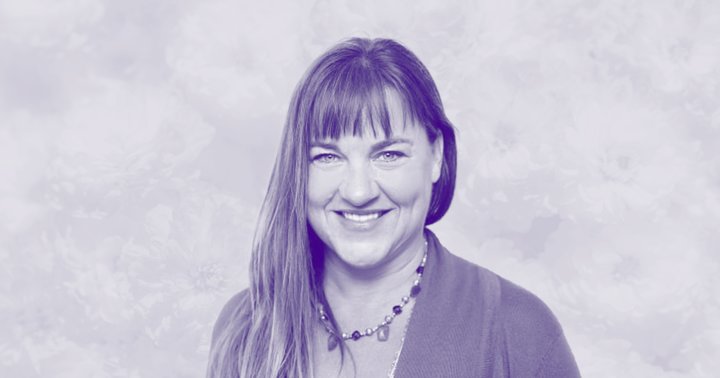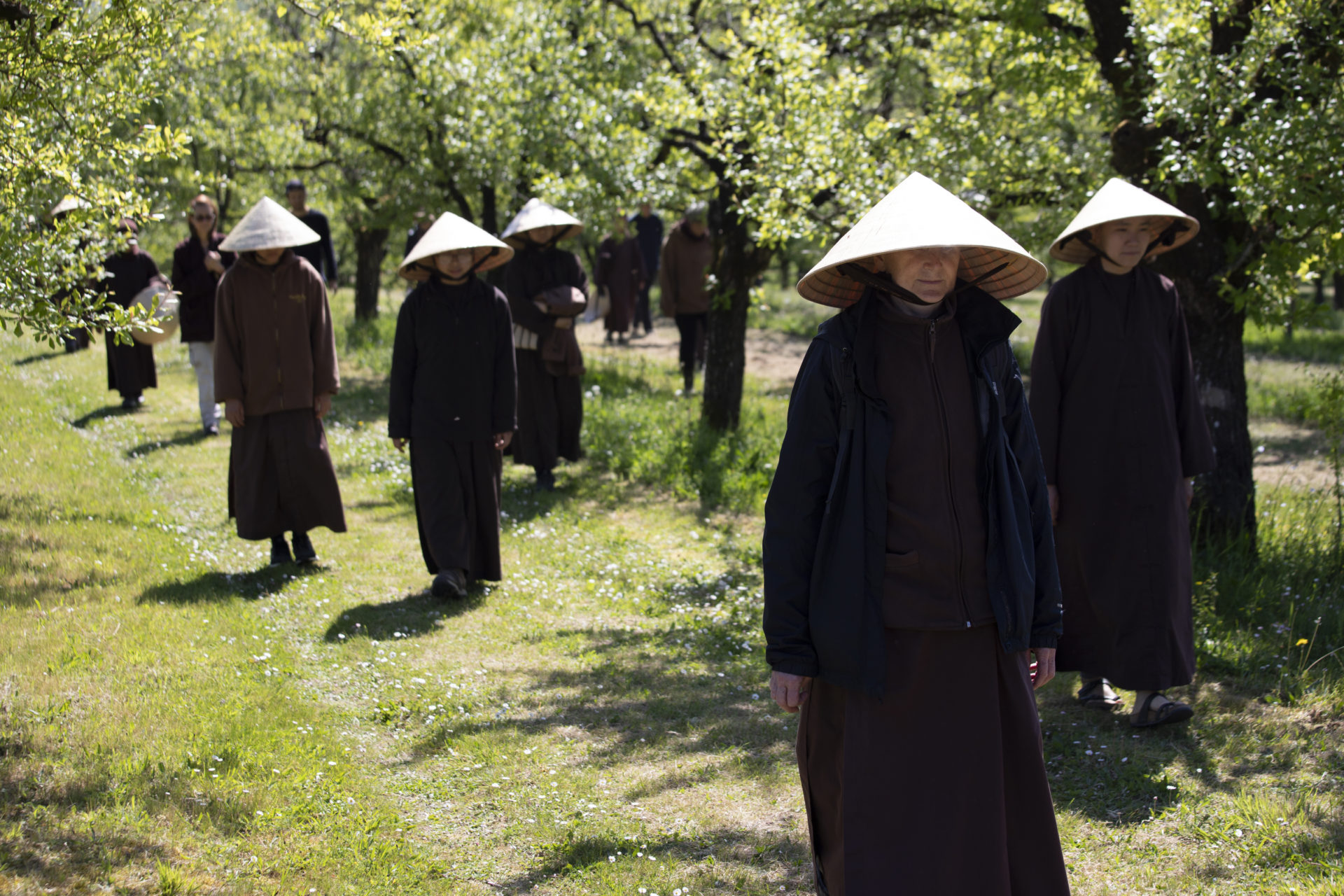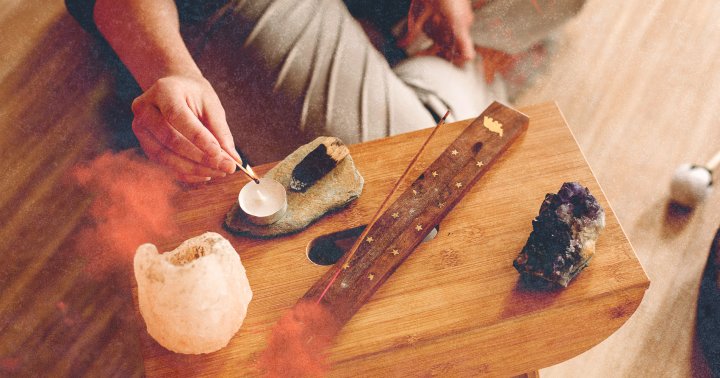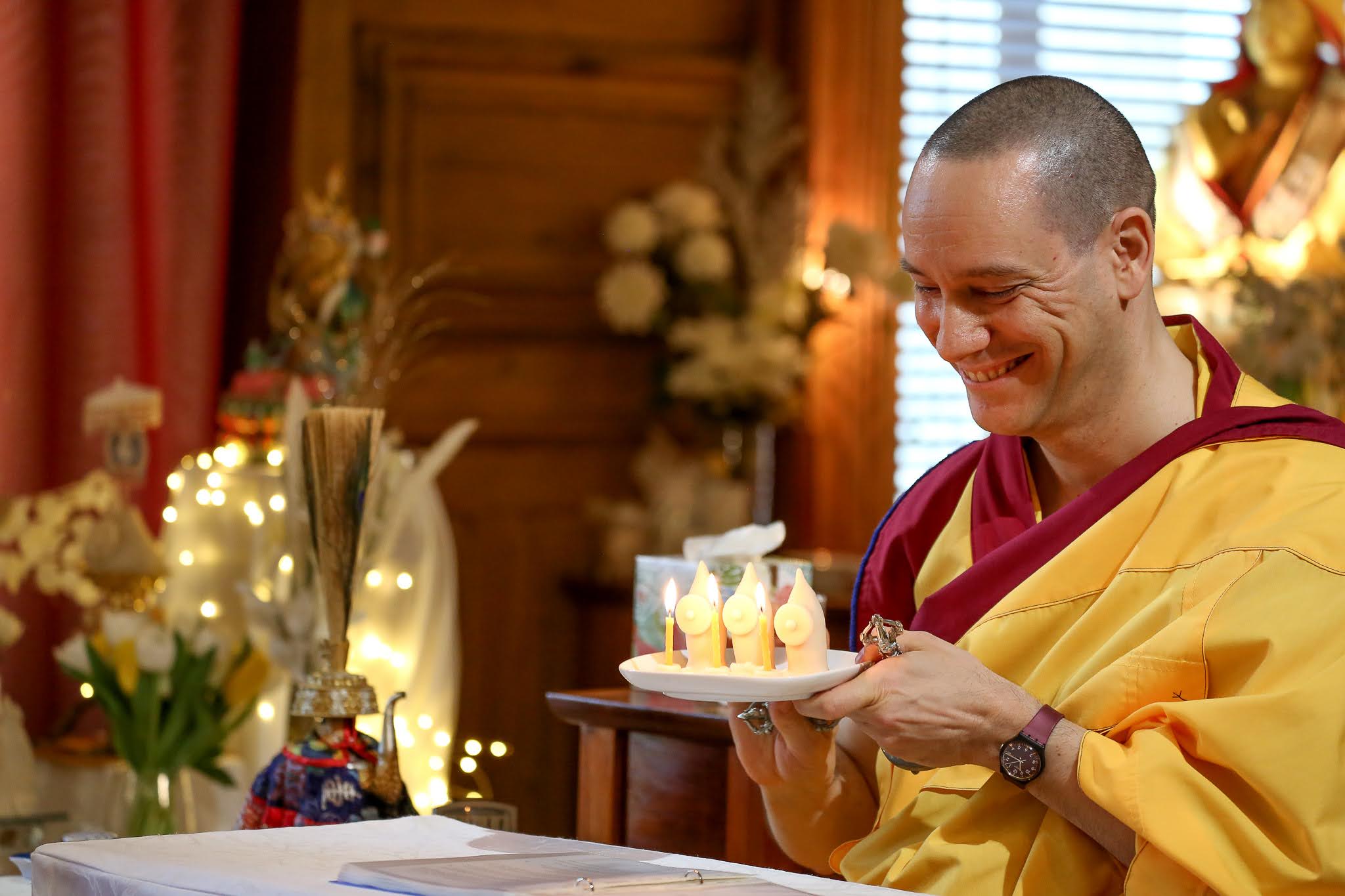How To Know If You're Truly Compatible With Someone, According To Astrologers
AKA "synastry."

Raise your hand if you've ever pulled up your crush's zodiac chart to see if you're romantically compatible (don't be shy!). Synastry, or relationship astrology, holds an obvious appeal and it can help you gauge how your personality might mesh with a partner's. Read on for tips on understanding your synastry chart, identifying aspects, and what it all means for compatibility, according to astrologers.
Relationship astrology, aka synastry, is all about understanding the dynamics at play when two people come together. As astrologer and author of Queer Cosmos, Colin Bedell, tells mbg, "It's how other people impact us and how we impact them."
He explains that it also allows us to understand the space between us and other people—where we're similar, and of course, where we're different. When we understand that "space" between our chart's planets and houses, and someone else's planets and houses, we can better approach the relationship from a place of understanding.
And as modern mystic and author of Astrology SOS Imani Quinn, adds, aspects (the aforementioned "space" between planets, which we'll explain more below) play an important role here, as well. Aspects are all about the relationship between two planets, with some aspects being easier or more challenging to navigate than others (i.e. trines versus squares, respectively).
Reading your synastry chart.
When looking at your synastry chart (which is your birth chart and the other person's chart together on one zodiac wheel) you're going to see a lot of overlapping lines. It can look like a whole lot of nothing if you don't know what to look for, but actually, all those lines form angles, or "aspects." As Bedell explains to mbg, aspects describe the relationship between the planets in both of your charts.
Here's a quick look at what the five main aspects mean:
Later on, we'll get into the planets and houses that are particularly significant when it comes to relationship astrology, though the main point here is: easy and flowing aspects are advantageous to relationships, while harsh or challenging aspects are not.
There are plenty of resources available online or through mobile apps to map a synastry chart, though if you want the real deal with no room for doubt, it's not a bad idea to get a synastry reading from a professional. All that said, understanding the fundamentals can certainly get you started.
According to Quinn, if you want to assess your basic compatibility with someone (not necessarily romantic), your sun, moon, and rising sign are a good place to start. "You don't need to go too deep into your chart for a basic understanding of yourself and somebody else that you're talking to," she explains, adding that the sun, moon, and rising are akin to the pillars of your personality.
Someone with their moon in Capricorn, for example, might be slower to identify and express emotions, while a Pisces moon would have no trouble there. "So that would be a hard pairing," Quinn explains, "where if you pair a Pisces moon with a Cancer or Scorpio moon, there's going to be a lot more compatibility in how they process their emotions and therefore their needs."
And when it comes to romance, she adds, you'll still want to take the sun, moon, rising into account, along with Venus and Mars. "Mars is your passion and your sex drive, and Venus is how you are in your relationship dynamics," she explains. Somebody with Venus in Virgo, for example, might not fare well with someone who has their Venus in Sagittarius, because this forms a square, which is arguably the most difficult aspect.
Keep the aforementioned aspects in mind, too, as those will play a role here. Sharing a Venus placement (such as both of you have Venus in Cancer) would be a "conjunction," which is typically a beneficial or easy aspect.
Though Quinn does note, "Having planets correlate to somebody else's in the same sign can be a good thing, but it can be challenging if you're too alike because then there's no balance."
Moving onto the houses, there are 12 total, but three main ones to pay attention to when it comes to synastry: the fifth, the seventh, and the eighth. As Quinn notes, the fifth house is about pleasure, romance, and fertility—all important themes when thinking about compatibility.
The seventh house, she says, is your house of relationships and partnerships. It definitely has "long-term" energy, and if you have a lot of placements in your partner's seventh house (or vice versa), that's a good sign for long-term potential. And then we have the eighth house, which governs your sexual life.
To put it all together, let's say someone has their sun, moon, and Venus in their partner's eighth house. There may very well be an intense sexual attraction there, or at least a deep curiosity about each other. Or, as another example, someone could have their Venus in their partner's seventh house, but it's actually forming a harsh aspect with their partner's Venus. This would add some nuance, and indicate a more challenging relationship that may need extra effort to flourish.
A synastry reading will be as unique as the two people in question, and it goes much, much deeper than just knowing your partner's sun sign. As you learn more about the planets, houses, and aspects, it could help you learn more about your partner and identify where your relationship's strengths and weaknesses lie.

 Lynk
Lynk 































